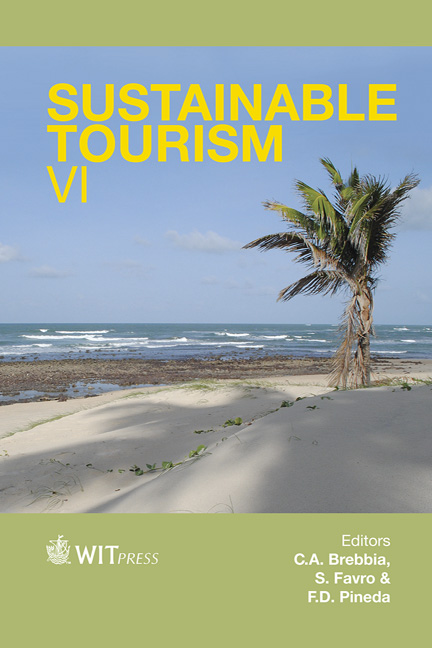Strengths And Weaknesses In The Assessment Of Sustainable Tourism: A Case Study Of The Nabq Protected Area In Egypt
Price
Free (open access)
Transaction
Volume
187
Pages
12
Published
2014
Size
855 kb
Paper DOI
10.2495/ST140121
Copyright
WIT Press
Author(s)
M. M. Tolba
Abstract
Talks over the past decade have been concerned with achieving a more sustainable form of tourism; however, the problem is that the largest sector of tourism is that of mass tourism, which continues to be the worst form of tourism in terms of sustainability. Previous studies have focused on defining the term ‘sustainable tourism’. However, these studies have not been able to agree on a single definition for the term, which has dozens of definitions. This research aims to discuss and analyze the concept of ‘sustainable mass tourism’ and its effects on the Nabq protected area. In addition, this research aims to focus on mass tourism in terms of three separate aspects for its development, which are: economic sustainability, social sustainability and environmental sustainability. Each of these aspects will be discussed separately. By dividing the concept into three different parts, each part will be studied so as to relate to or isolate from each other to determine the safest and most successful path to be used by developers of mass tourism with the aim of applying the results of this research to the Nabq protected area.
Keywords
sustainable tourism, mass tourism, sustainability of mass tourism, economic sustainability, social sustainability, environmental sustainability, Nabq protected area.





